Trovita Blooming Now?
narcnh
17 years ago
Related Stories

ARCHITECTURECity View: Phoenix Style Blooms in the Desert
Designers are leaving literal desert references in the dust, now favoring ubercontemporary styles along with Spanish colonial revival
Full Story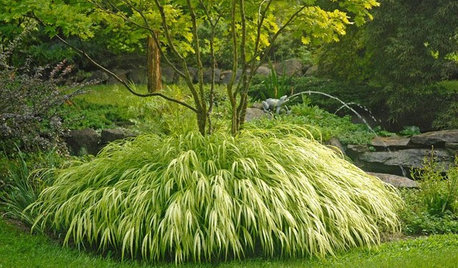
PRODUCT PICKSGuest Picks: 20 Gorgeous Perennials to Plant Now
Take advantage of warm spring weather to create a colorful garden with blooming plants, succulents and ornamental grasses
Full Story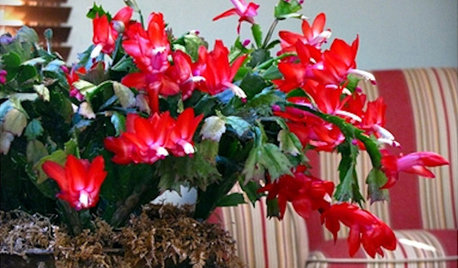
HOUSEPLANTSGreat Houseplant: Holiday-Blooming Cactus
You may know it as Christmas cactus, but whichever holiday floats your boat, this plant is a year-round beauty
Full Story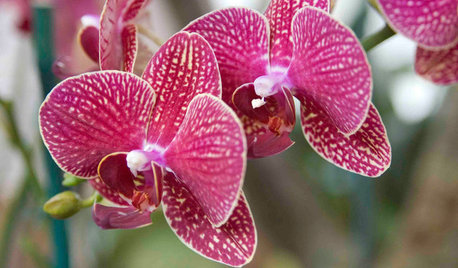
HOUSEPLANTSOrchids 101: How to Keep Your Moth Orchids Alive and Blooming
Growing Phalaenopsis — and getting it to flower again — is easier than you might think
Full Story
GARDENING GUIDESGreat Design Plant: Amelanchier Signals Spring With Airy White Blooms
With roughly 20 species of serviceberry native to the U.S., bees can feed on the early-season blooms while birds enjoy the summer berries
Full Story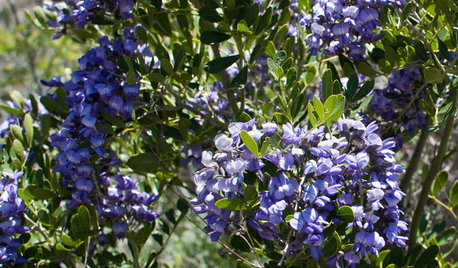
TREES6 Unsung Spring-Blooming Trees
Billowy blooms and rare fragrances will make you wonder how these flowering trees could ever have been underused in landscapes
Full Story
GARDENING GUIDESTop 12 Summer-Blooming Perennials for Deer-Resistant Drama
Can you have garden color, fragrance and exciting foliage with hungry deer afoot? These beauties say yes
Full Story
HOUSEPLANTSHow to Force Amaryllis Bulbs Indoors
Enjoy vibrant red blossoms even as gardens turn snowy white, by teaching this hardy repeat performer to ignore the calendar
Full Story
MOST POPULARSpring Gardens Are Blooming — Here’s What to Do in April
Get the guide you need for gardening in your U.S. region, with tasks, climate-appropriate plantings and more
Full Story
DECORATING GUIDESModern Life Makes Room for Blooms
Vintage florals still look lush and lovely on upholstery, curtains, wallpaper and more
Full Story


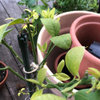
birdsnblooms
narcnhOriginal Author
Related Discussions
Need ideas for a red blooming perennial that blooms right now
Q
Will the roses blooming now (early winter) bloom again in the spring?
Q
Trovita orange questions
Q
In need of some help with Trovita Orange
Q
birdsnblooms
poncirusguy6b452xx
Silica